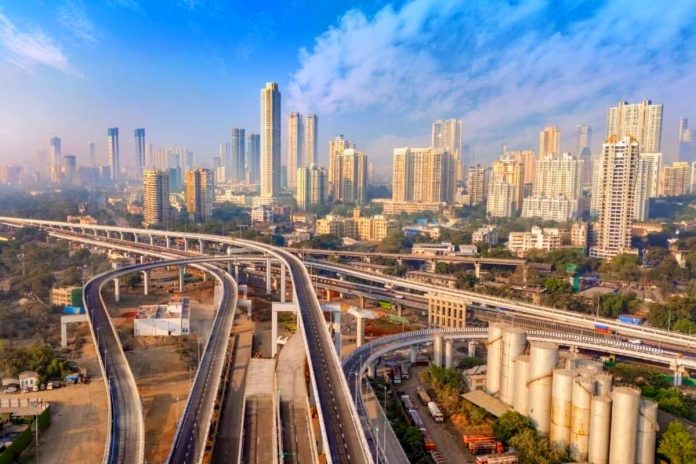Mumbai, India’s financial hub, faces challenges of traffic congestion and inadequate infrastructure.
To ease the situation, six key projects are in the pipeline:
1. The Mumbai Coastal Road Project
2. The Mumbai Trans-Harbour Link
3. The Sewri-Worli Elevated Connector
4. The Thane-Borivali Link Road Project
5. The Orange Gate-Marine Drive Tunnel
6. The Nariman Point-Cuffe Parade Sea-Link
According to Ashwini Bhide, additional municipal commissioner overseeing the projects, this interconnected network will facilitate circular traffic movement in the city, addressing the challenges posed by Mumbai’s linear geography.
Collectively, these projects look to significantly influence the living and working dynamics of the city’s 22 million residents.
Mumbai Coastal Road Project
The first phase of the project spans a distance of 10.58 kilometres, covering the stretch from Marine Drive to Worli in south Mumbai. The second phase involves connecting Bandra Sea Link to Kandivali Junction.
Once completed, the ambitious coastal road project (phase 1) will add an 8.5 km long and 20-metre wide sea promenade to the city between Priyadarshini Park at Napean Sea Road and the Worli side of the Bandra Worli Sea Link.
Brihanmumbai Municipal Corporation (BMC) has envisaged a Mumbai Coastal Road Project–South (MCRP) along the Western Seafront of the city to decongest the existing roads.
India’s largest 12.19-metre diametre tunnel is being constructed 20 metres below the shore of the Arabian Sea and 70 metres below the Malabar Hill with three lanes for transportation for south and northbound traffic.
The coastal project is set to dramatically transform the coastline in South Mumbai, which has a long history of reclamation. Once complete, the road will extend the coast up to 100 metres inside the sea.
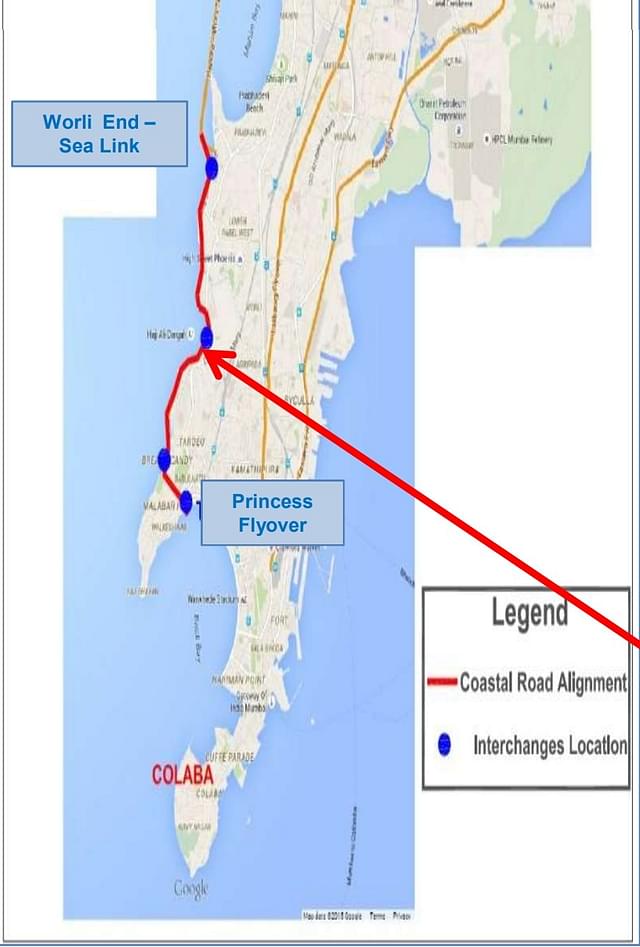
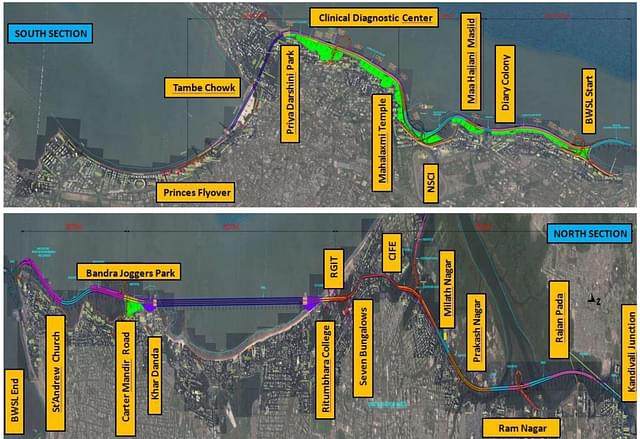
Mumbai Trans-Harbour Link
The recently inaugurated Mumbai Trans-Harbour Link (MTHL) marks a historic milestone as India’s longest bridge over sea. It covers about 22 km, including 16.5 km over the sea and 5.5 km on land.
This engineering marvel connects Mumbai to Navi Mumbai, providing commuters with a seamless and swift 20-minute journey between these two key locations, free from traffic signals.
The project, with an estimated cost of nearly Rs 18,000 crore, has received significant funding from the Japan International Cooperation Agency (JICA.)
The trans-harbour link will expedite access to Navi Mumbai, transforming it into a satellite city and contributing to the expansion of urban sprawl.
Sewri-Worli Elevated Connector
The Sewri-Worli Elevated Connector (SWEC), a four-lane structure spanning 4.512 km, is designed to provide seamless connectivity to the east and west of Mumbai. As an integral component of the Mumbai Trans-Harbour Link, it serves as a robust traffic dispersal system.
Starting from the Sewri Interchange of MTHL on the east side of Sewri railway station, the SWEC alignment traverses along Acharya Donde Marg, Jagannath Bhatankar Marg, and eventually links with Narayan Hardikar Marg near Worli.
The SWEC’s strategic alignment establishes a crucial link between MTHL and Bandra Worli Sea Link/Coastal Road, ensuring direct and signal-free connectivity between the two sea links.
This connector promises significant time savings and a mostly trouble-free commute for commuters traveling from Navi Mumbai to central and south Mumbai.
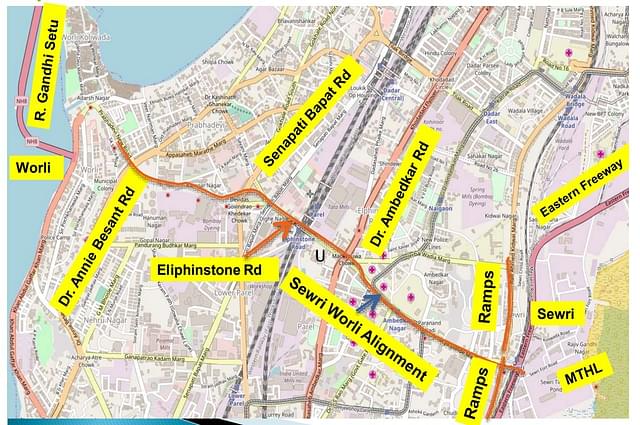
Thane-Borivali Link Road project
The Thane-Borivali Link Road project, approved in September 2015, is a vital infrastructure milestone for Maharashtra. Commuters currently grapple with the challenges of the Thane Ghodbunder Road (SH-42), a major link road spanning 23 km and taking 1 to 1.5 hours during peak hours.
The proposed solution involves constructing a twin-tube tunnel under the Sanjay Gandhi National Park, reducing the Thane to Borivali commute by 12 km.
Highlights of the 2+2 lane tunnel include a total length of 11.80 km, a 10.25 km tunnel section, and a 1.55 km junction section. The tunnel, with a diameter of 12.2 m, comprises two lanes in each of the two tunnels, with cross connection lanes every 300 m for smooth traffic flow.
As per the detailed project report (DPR), the estimated cost is approximately Rs 8,400 crore.
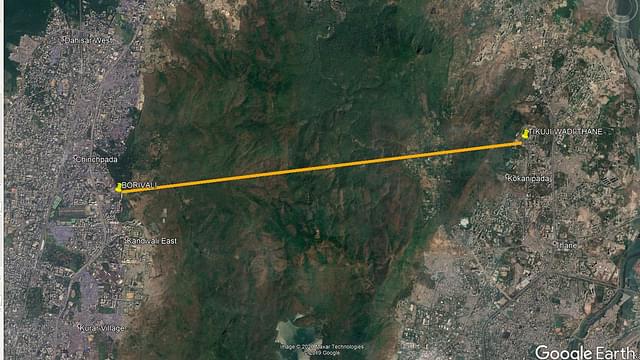
Orange Gate-Marine Drive Tunnel
The Orange Gate-Marine Drive Tunnel, spanning 9.23 km, is set to create a vital link between the Eastern Freeway’s Orange Gate and the coastal road at Marine Drive in Mumbai.
Central to this project is the construction of a 6.51 km twin-tube underground tunnel, featuring 2+2 traffic lanes, 1+1 emergency lanes, and pedestrian walkways in each tube.
The development includes the construction of a viaduct for vehicle access at the Eastern Freeway Orange Gate, along with open cuts and access roads on both sides of the corridor. Notably, the left-side tunnel will pass beneath the seaway, resurfacing after B D Somani Chowk.
Furthermore, it aligns with other major regional projects, including the Sewri-Worli elevated connector, Mumbai Trans-Harbour Link, Eastern Freeway, Mumbai Coastal Road Project and Bandra-Worli Sea Link.
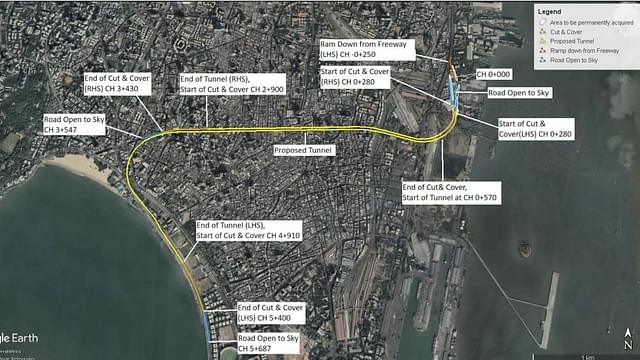
Nariman Point-Cuffe Parade Sea-Link
On the southern tip of Mumbai, this will be Mumbai’s third sea link after the Bandra-Worli and Sewri Nhava Sheva bridges.
Geographically, Colaba and Nariman Point are only a little more than a kilometre apart, but using the city’s road network requires going about five kilometres, which can take over 20 minutes during rush hour.
The route will be along the coast, with specifics to be determined. DN Road, Nariman Point, Hutatma Chowk and Colaba Causeway are the areas planned to be decongested.
Residents of Colaba and Cuffe Parade will benefit from easier access to the Coastal Road via Nariman Point. MMRDA had invited tenders for its civil construction in November 2022, with a Rs 315 crore budget.
The projected sea link will build a ring road around Mumbai when combined with already completed, continuing, and planned developments. A series of component links will be built from the south in a counterclockwise direction: Cuffe Parade-Nariman Point Link, Eastern Freeway, Mumbai Trans-Harbour Link, Sewri-Worli connector, and Bandra-Worli Sea Link.
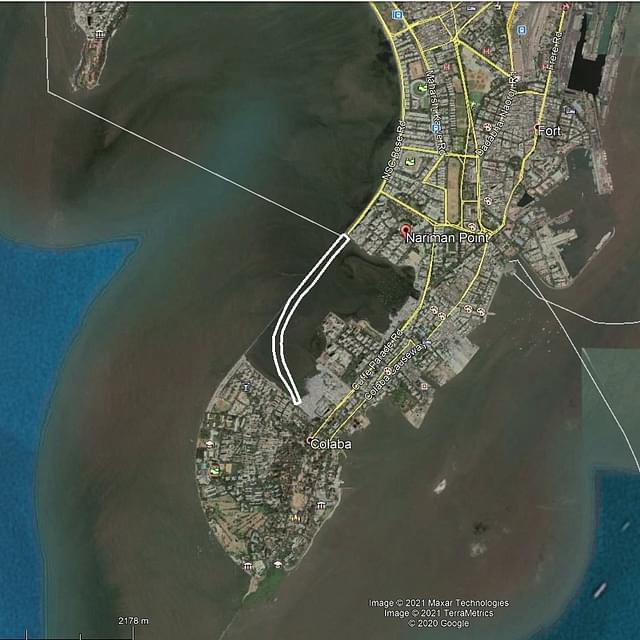
Dr Sanjay Mukherjee, Metropolitan Commissioner of MMRDA, emphasised the interconnected nature of these projects, stating, “these projects are meticulously planned to complement one another, effectively addressing traffic congestion and providing citizens with convenient transportation options.”
The amalgamation of these visionary projects signifies a significant leap forward in Mumbai’s quest for infrastructural excellence and reinforces its status as a global metropolis.


